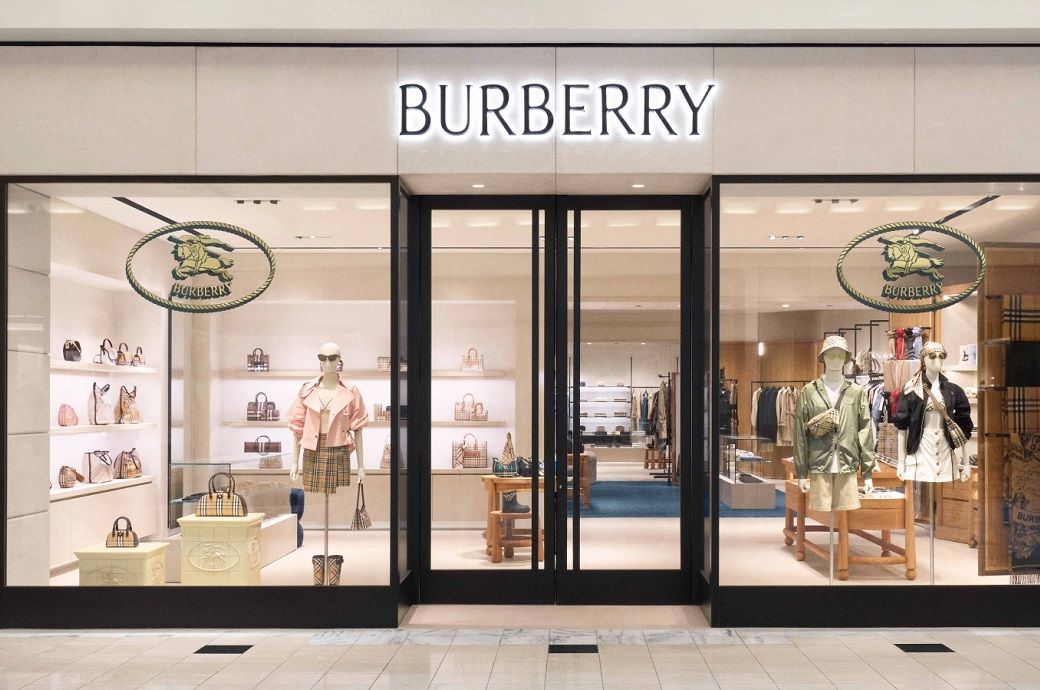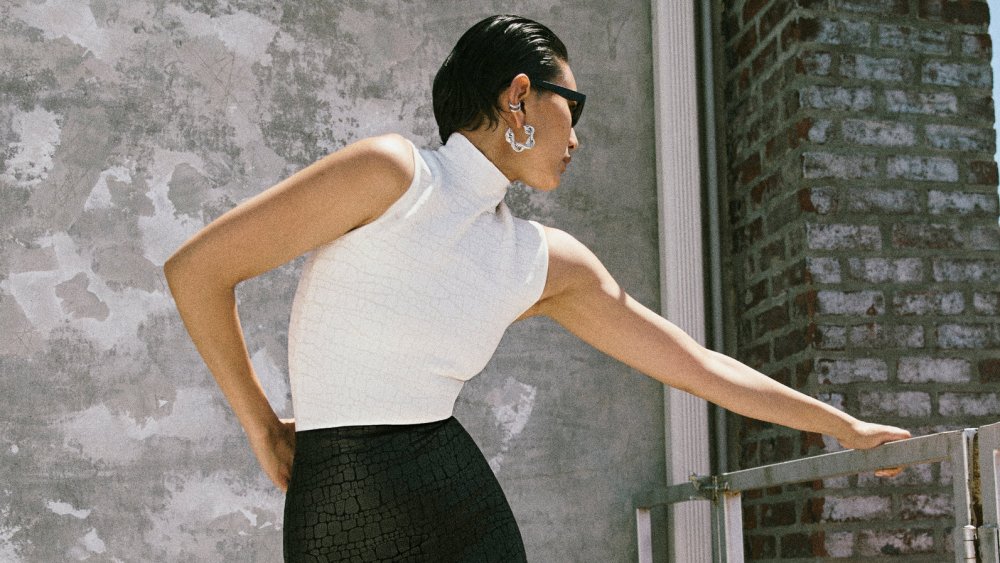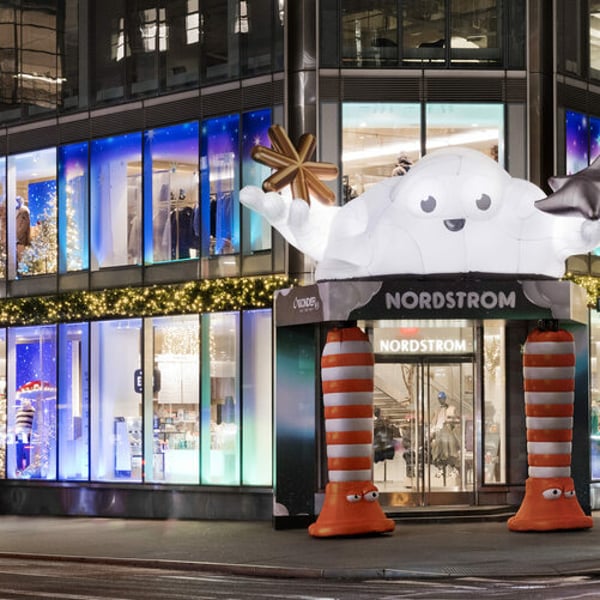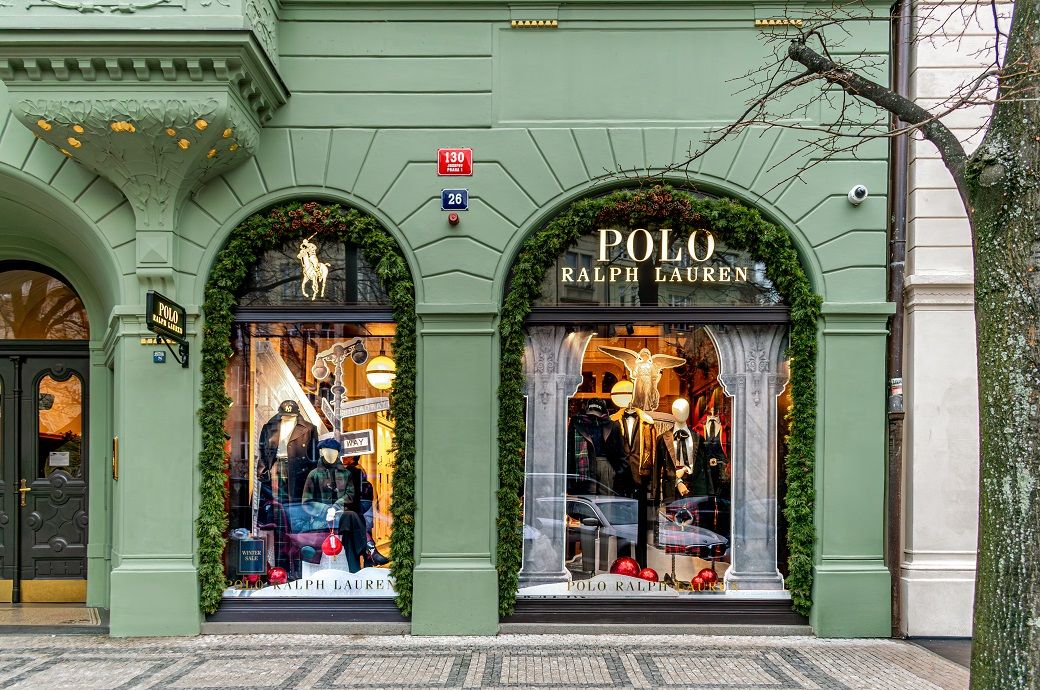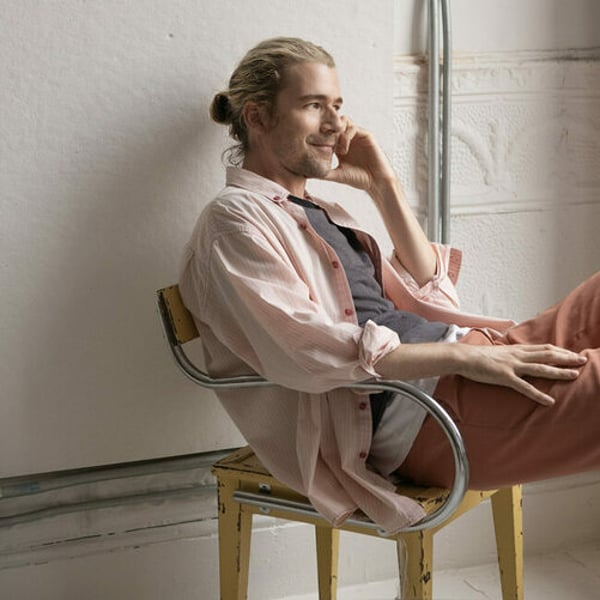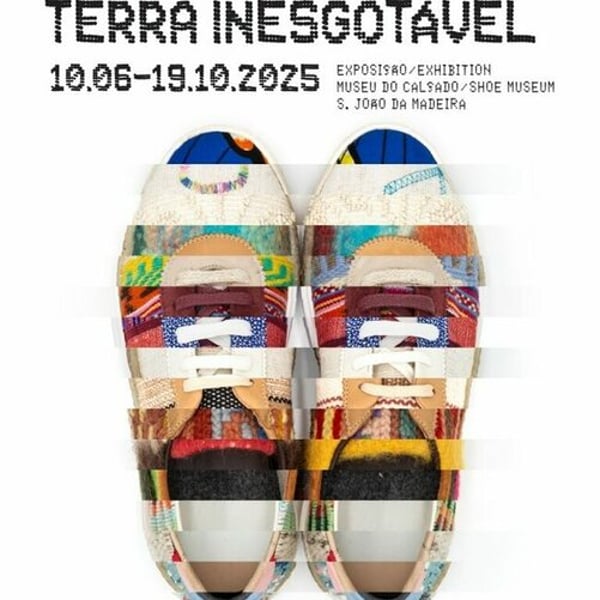However, the brand highlighted signs of early progress on its transformation trip under Burberry Forward's strategy. Comparable retail sales improved sequentially in all regions compared to the previous quarter, backed by a greater desire for the brand, a higher performance in central categories such as outer clothing and scarves, and a better client conversion, Burberry said in a press release.
Burberry has reported a 6 percent year -on -year drop in retail revenues of FY26 of the fiscal year of the fiscal year to £ 433 million (~ $ 580.22 million), although comparable sales fell only 1 percent. A sequential improvement was observed in all regions, directed by Americas with 4 percent and 1 percent. Key initiatives under its Burberry Forward strategy, including brand campaigns, store updates and cost efficiency, show early progress signs.
Comparable store sales increased by 1 percent, since a strong local expense helped compensate for the weakest tourist demand in Europe, the Middle East, India and Africa (Emeia). América registered a 4 percent increase, driven by the growth of new customers. Greater China saw a decrease in 5 percent sales, with continental China 4 percent. Asia Pacific saw a 4 percent decrease due to challenging yield in Japan, partially balanced by growth in South Korea.
Burberry has launched several initiatives during the quarter to reposition the brand and accelerate growth. A series of monthly campaigns (Alto Summer, Highgrove and Festival, British summer traditions held while addressing various customer segments.
The Autumn 2025 collection, rebuilt under the vision of Burberry Forward, focused on less iconic pieces that highlight recognizable brand codes.
The improvements in the store included updated visual marketing and the introduction of a scarf bar pilot, which surpassed the fleet of wider stores, with 200 facilities directed at the end of the year. Online growth continued for the third consecutive quarter, backed by a combination of improved products, a universal style and an improved narrative.
Organizational changes were implemented to promote collaboration and agility, and the cost cost program remains on the way to delivering £ 80 million in savings annualized for fiscal year 2016.
Burberry acknowledged that the macroeconomic environment is still challenging and reiterated that it is still in the early stages of its commercial change. The company plans to prioritize investment through the first half of fiscal year 2026 (FY26), with emphasis on reviving brand desireability, a key driver for the future growth of the upper line.
The company aims to offer an improvement in the margin in fiscal year 26 through continuous simplification, productivity and strong cash flow discipline, with an focus on returning to sustainable and profitable growth.
The company also introduced a new regional structure in the fiscal year26: Gran China included continental China, Hong Kong Sar, Macao Sar and Taiwan; Asia Pacific understood the rest of Asia, including Japan, South Korea, Southeast Asia, Australia and New Zealand.
“During the past year, we have gone from stabilizing the business to promote Burberry with confidence. The improvement in our comparable sales of the first quarter, strength in our central categories and uptice in the desireability of the brand give us conviction in the way ahead. Our 2025 fall collection is being well received by a wide range of luxury customers, as we move forward, although the external environment is still challenging and the external environment is still challenging and transformation of the first in the first. Joshua Schulman, Executive Director (CEO) in Burberry.
Fiber2Fashion News Desk (SG)

